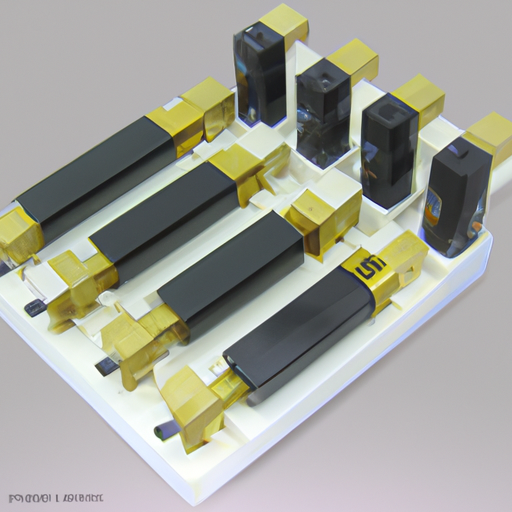Core Functional Technologies of Pre-Biased Bipolar Transistor Arrays
| 1. Pre-Biased Configuration | |
| 2. Integrated Circuit Design | |
| 3. Thermal Stability | |
| 4. High-Speed Switching | |
| 5. Low Noise Operation | |
| 1. Consumer Electronics | |
| 2. Automotive Applications | |
| 3. Industrial Automation | |
| 4. Telecommunications | |
| 5. LED Drivers | |
| 6. Robotics |
Application Development Cases
Conclusion
Bipolar transistor arrays, especially pre-biased types like the CFR-25JB-52-10K, are essential components in contemporary electronics. They simplify circuit design, enhance performance, and reduce the number of required components. Their versatility allows for applications across various industries, including consumer electronics, automotive, industrial automation, telecommunications, and robotics. As technology advances, the demand for efficient, compact, and reliable components like bipolar transistor arrays is expected to grow, driving further innovation and development in this field.






